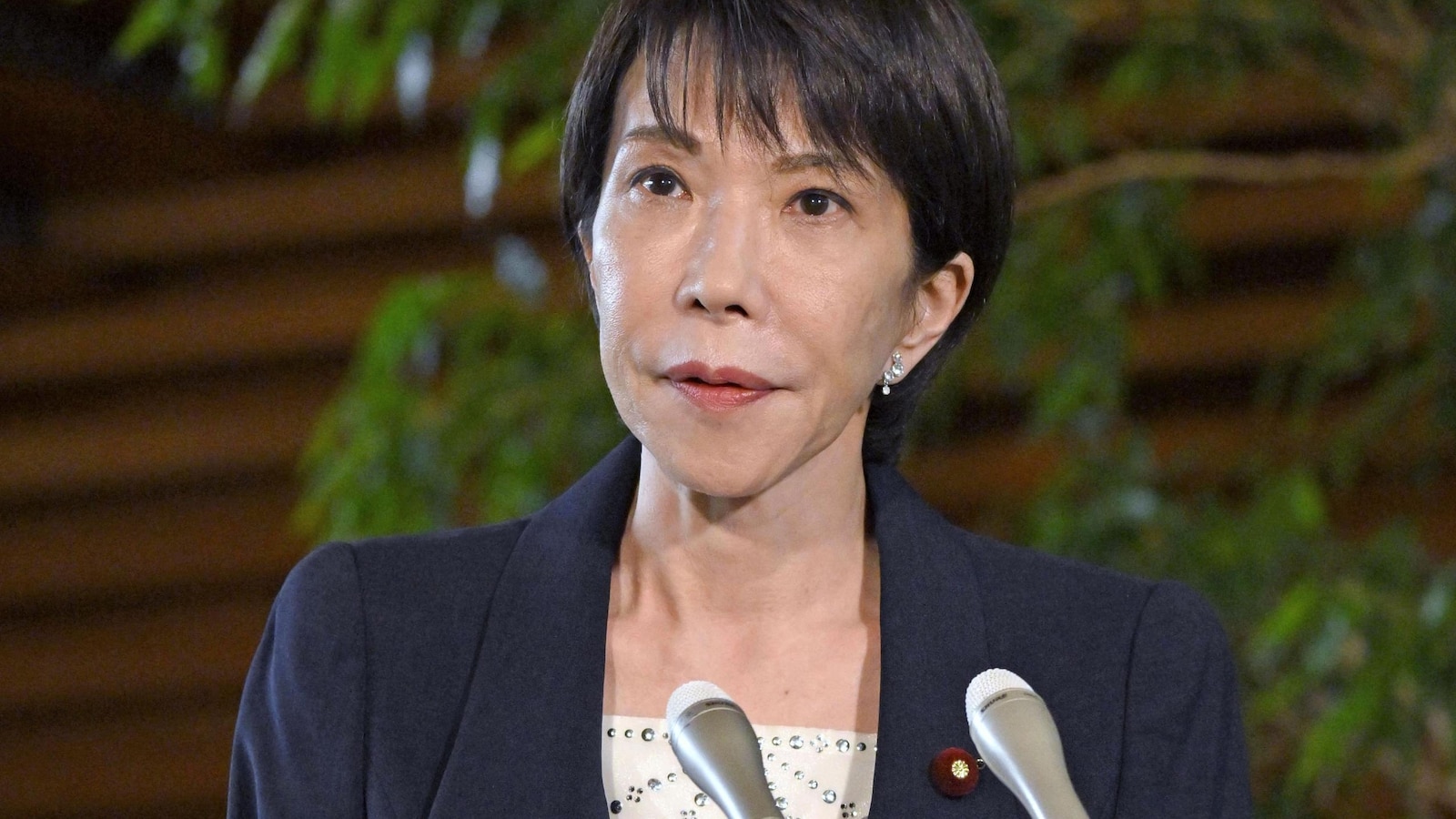Just days into her tenure as Japan’s new Prime Minister, Sanae Takaichi faces a daunting array of foreign policy challenges that will test her leadership and diplomatic skills. With a packed schedule that includes high-profile meetings with U.S. President Donald Trump and attendance at key regional summits in Malaysia and South Korea, Takaichi must navigate complex geopolitical tensions involving major powers such as the United States, China, and her neighboring countries in East Asia.
Takaichi’s foreign policy debut comes at a critical juncture. She is set to attend a series of important diplomatic events, beginning with meetings alongside Southeast Asian leaders in Malaysia. Soon after, she will return to Tokyo for a bilateral meeting with President Trump—a relationship that remains central to Japan’s security and economic interests. Following that, she will travel to South Korea for the Asia-Pacific Economic Cooperation (APEC) summit, where regional leaders including Chinese President Xi Jinping and President Trump will also be present. While a direct meeting between Takaichi and Xi would be unexpected, the proximity of these leaders at the summit underscores the delicacy of Japan’s position amid intensifying regional rivalries.
Takaichi is stepping into these high-stakes diplomatic engagements with relatively limited experience in international affairs. This inexperience, combined with her known right-wing political views, presents a complex challenge. She has been a vocal supporter of boosting Japan’s military capabilities, a stance that is viewed warily by China, particularly given her conservative perspectives on Japan’s wartime history. Her positions echo and sometimes exceed those of former Prime Minister Shinzo Abe, under whom she served as a political protégé. Like Abe, Takaichi has been associated with visits to the controversial Yasukuni Shrine in Tokyo, where Japan’s war dead—including convicted war criminals—are enshrined. These visits have historically sparked anger and diplomatic friction with China and South Korea, countries deeply affected by Japan’s imperial past.
Despite this background, Takaichi appears to be taking a cautious approach in the early days of her administration. Notably, she did not visit the Yasukuni Shrine during the recent autumn festival, a traditional time for such visits, which suggested a deliberate effort to avoid unnecessarily provoking diplomatic tensions. Experts believe that maintaining political stability at home and avoiding diplomatic flare-ups will be her paramount goals. Gerald Curtis, a Japanese politics expert at Columbia University, argued that it would be “foolish” for Takaichi to cause a major diplomatic incident over a shrine visit, especially when her government is still fragile. He pointed out that her right-wing supporters likely already trust her commitment to their views, so a visit to the shrine is not necessary to demonstrate loyalty.
Similarly, Chinese scholars have noted parallels with Abe’s approach to managing relations with China. Lian Degui of Shanghai International Studies University observed that Abe balanced deepening military cooperation with the United States and attempting to revise Japan’s pacifist constitution, while still maintaining working ties with China. Abe’s restraint in visiting the Yasukuni Shrine while in office helped provide a foundation for bilateral relations. Takaichi might follow a similar path, avoiding actions that could sharply worsen relations, although experts caution that underlying tensions are unlikely to ease significantly.
One of the most pressing issues on Takaichi’s agenda is Japan’s defense policy and its alliance with the United States. The U.S.-Japan alliance remains the cornerstone of Tokyo’s security strategy, particularly amid growing concerns over China’s assertiveness in the region and North Korea’s nuclear threats. Takaichi has pledged to accelerate Japan’s defense spending plan, aiming to raise defense expenditures to 2% of gross domestic product (GDP) by March instead of the initially planned 2027 timeline. This commitment aligns with U.S. demands, as President Trump has repeatedly urged Japan and other allies to increase their defense contributions.
However, the relationship with the U.S. under Trump remains complex. While America is Japan’s most important ally and protector, Trump’s administration has been characterized by unpredictability and a transactional approach to alliances. He has demanded more financial contributions for defense and imposed tariffs on Japanese imports, which have negatively affected Japan’s economy. During his visits to Japan and South Korea, Trump is expected to press for greater investment in the United States, particularly in manufacturing sectors that create American jobs. Takaichi’s close ties to Abe, who cultivated a relatively positive working relationship with Trump during his first term, may help her manage these demands effectively.
China’s response to

